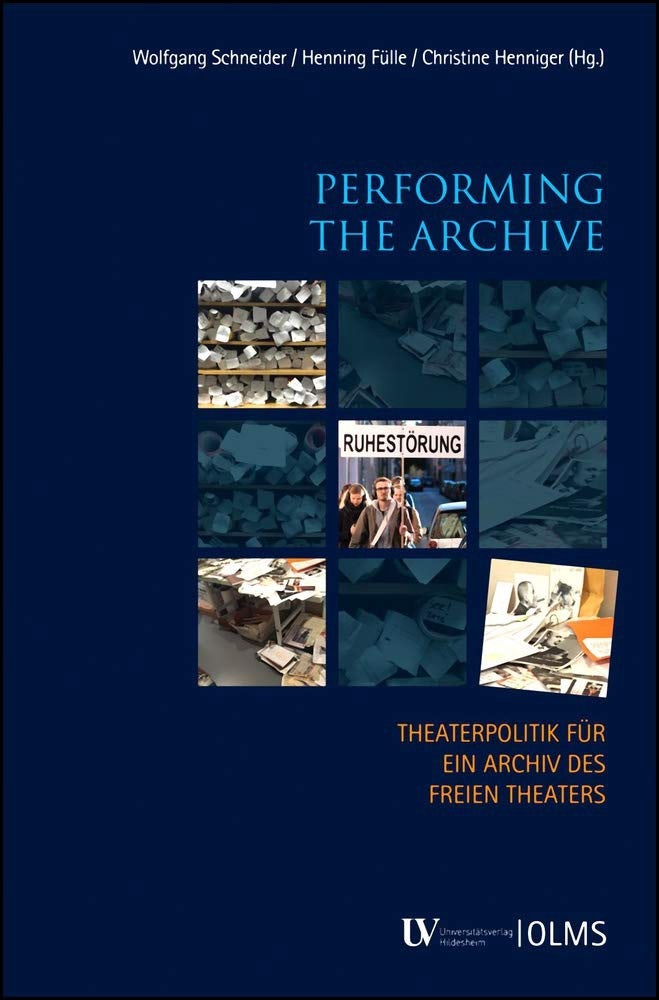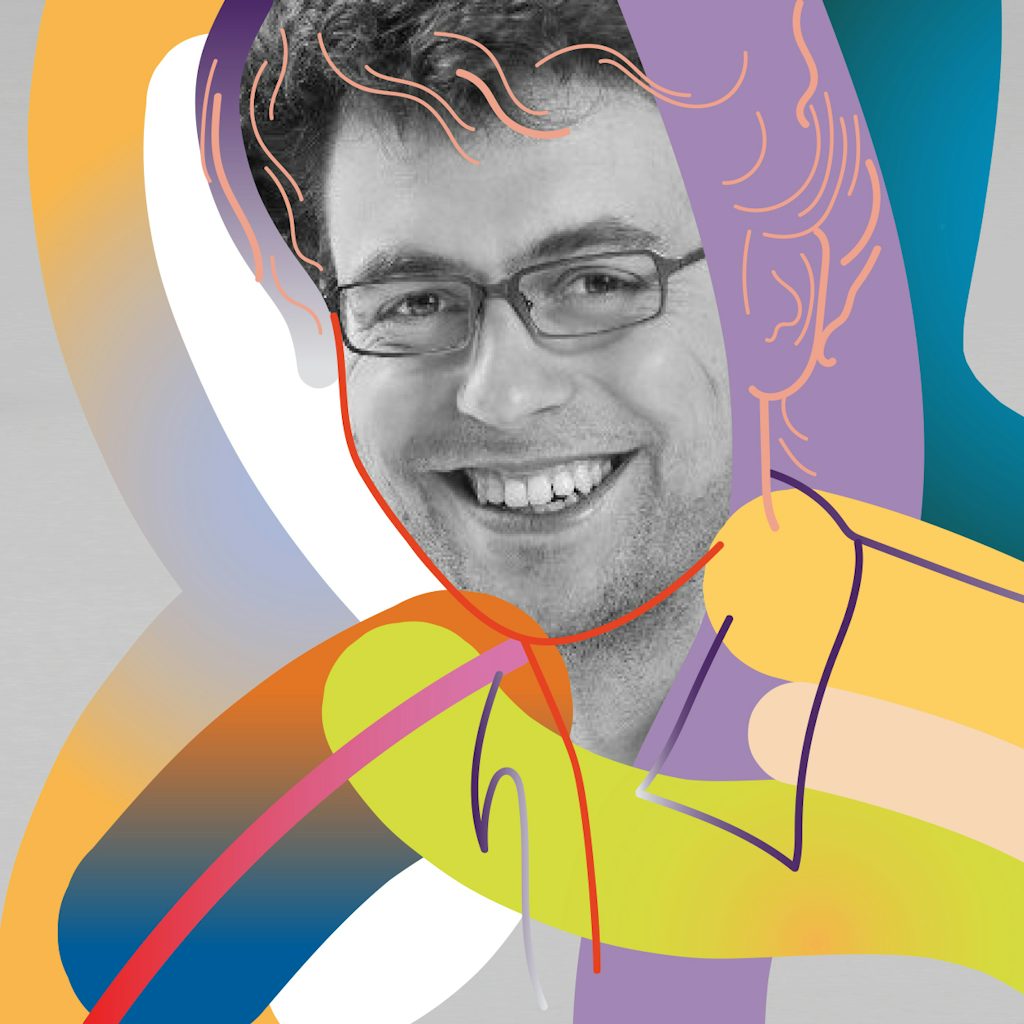Performing the Archive: comparing Flanders to Germany
Tom Ruette, head of data at Flanders Arts Institute, about how to document a prolific performing arts scene in a modern way, so that a valuable archive can grow.
Flanders has an excellent reputation abroad for its contemporary performing arts. When I attend the yearly ENIPCA meeting, my colleagues from the international sister organisations are always interested in hearing about the advances in the sector of theater and dance from Flanders.
They are mostly interested in our unique and internationally acclaimed subsidy system, which offers a flexibility that is hard to be achieved in the “state theater” versus “independent scene” structures that are more common across Europe. I have received quite a few concerned emails as of lately, because of the announcement of strong cuts in our subsidy system.
Until the merger of the Vlaams Theater instituut into Kunstenpunt, Flanders could also proud itself for being one of the front runners in documenting the performing arts in a centralized way. We still maintain a widely recognized and appreciated metadata catalogue about the performing arts: data.kunsten.be
With the change in the Kunstendecreet, where structurally subsidized performing arts organisations have to take care of their own documentation, Flanders is again out in uncharted territory. When organisations have to take care of their own documentation, a decentralized approach takes over from the centralized approach of the Vlaams Theater instituut. The shift from centralized to decentralized, however, came sudden and unprepared.
This time, therefore, we are no longer a beacon of excellence and innovation, when compared internationally.
The University of Hildesheim, Germany, published the book Performing the Archive. It lays out an approach for setting up an archive for the independent scene in Germany. As such, it touches upon the same issue as we in Flanders are trying to deal with: how do you document a prolific performing arts scene in a modern way, so that a valuable archive can grow.
This is a remarkably relevant topic today, where the discussion about the strong cuts in project subsidies raises the question whether we are threating our future heritage? I would dare to make the question even bigger: have we not already started neglecting our future heritage by underfunding our arts organisations, so that they have no means to take care of their own documentation?

8 Essentials
The book “Performing the archive” puts forward 8 essentials that sketch the vision for a decentralized archive for the independent performing arts scene in Germany. I will go through the 8 points, and then reflect on the situation in Flanders.
- The study shows that an archive of the independent scene should be conceptualized as a decentralised structure of physical sites, for which a narrow, centralised organisation develops advise for conservation, metadata and availability for the materials.
- In Germany, more than 4500 potential fysical sites could be identified, which indicates an immense diversity.
- Although each fysical site has a different amount of materials, first estimates indicate that about 137 kilometers of materials would be needed to store everything, while at the same time, the need for a digital strategy for sustainable storage should be envisaged.
- Material on fysical carriers is largely in danger of becoming obselete, and is in dire need of digitalisation.
- We have a serious problem with making an inventory of what is available. In addition to a simple inventory, we need a metadata system that offers connections between all the material objects. This is scarcely available.
- While there is the deepest respect for the copyright laws, we need to find a solution for it so that the materials can be made available (in digital form, online) with a low barrier.
- The concept of the archive for the independent scene is considered to be necessary and very important from artistic, scientific and cultural policy perspective. The whole of the archive would be significant for society.
- In line with point 1, where the study points out the need for decentralized storage of materials, this should go hand in hand with a centralized digital system, that is there for purposes of both inventory as well as disclosure.
Conclusion
What to conclude from this comparison between the vision that Germany is putting forward, versus the work that has already been done in Flanders? For me, there are two main takeaways:
- We have to increase the exchange between the arts and heritage sector. Especially in this domain, the distinction between arts and heritage is fluid. There are a couple of initiatives in Flanders (TRACKS, VIAA, …) where the contemporary living arts and heritage sector can exchange, but we seem to be unable to formulate a long-term and holistic vision, that is shared and carried by all stakeholders. Moreover, these initiatives start from the heritage sector, and not from the arts sector.
- We have to find connections with our colleagues in the rest of Europe (or the world). The idea of decentralization for the materials and centralization for the metadata is, in my opinion, very good, but it would be strange to consider the centralization of metadata again within national boundaries. Here, the European level seems more suitable? Indeed, most of the ENICPA members are doing very similar work and are bumping in the same issues as we are; in Germany, ITI is contributing to the formulation of a vision that is very similar to ours; and in The Netherlands, there are talks about a centralized artist-driven metadata repository (scenografen.nl). And do you know playbill.com in the United States?
UPDATE: interessanting read: new Linked Open Data application to allow for online addition of artists’ data



